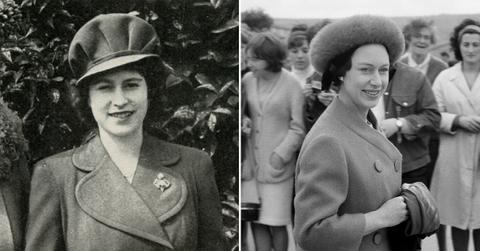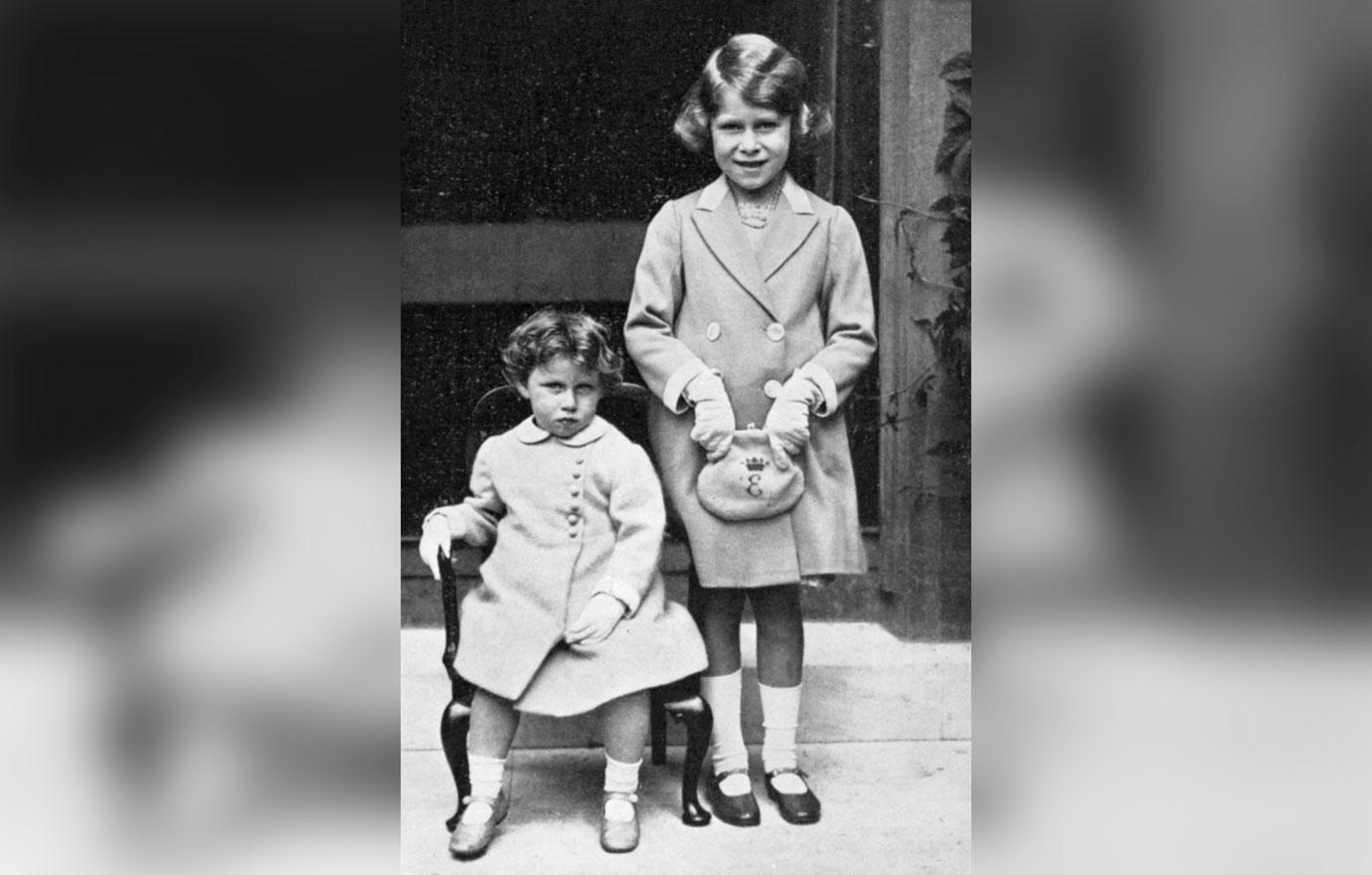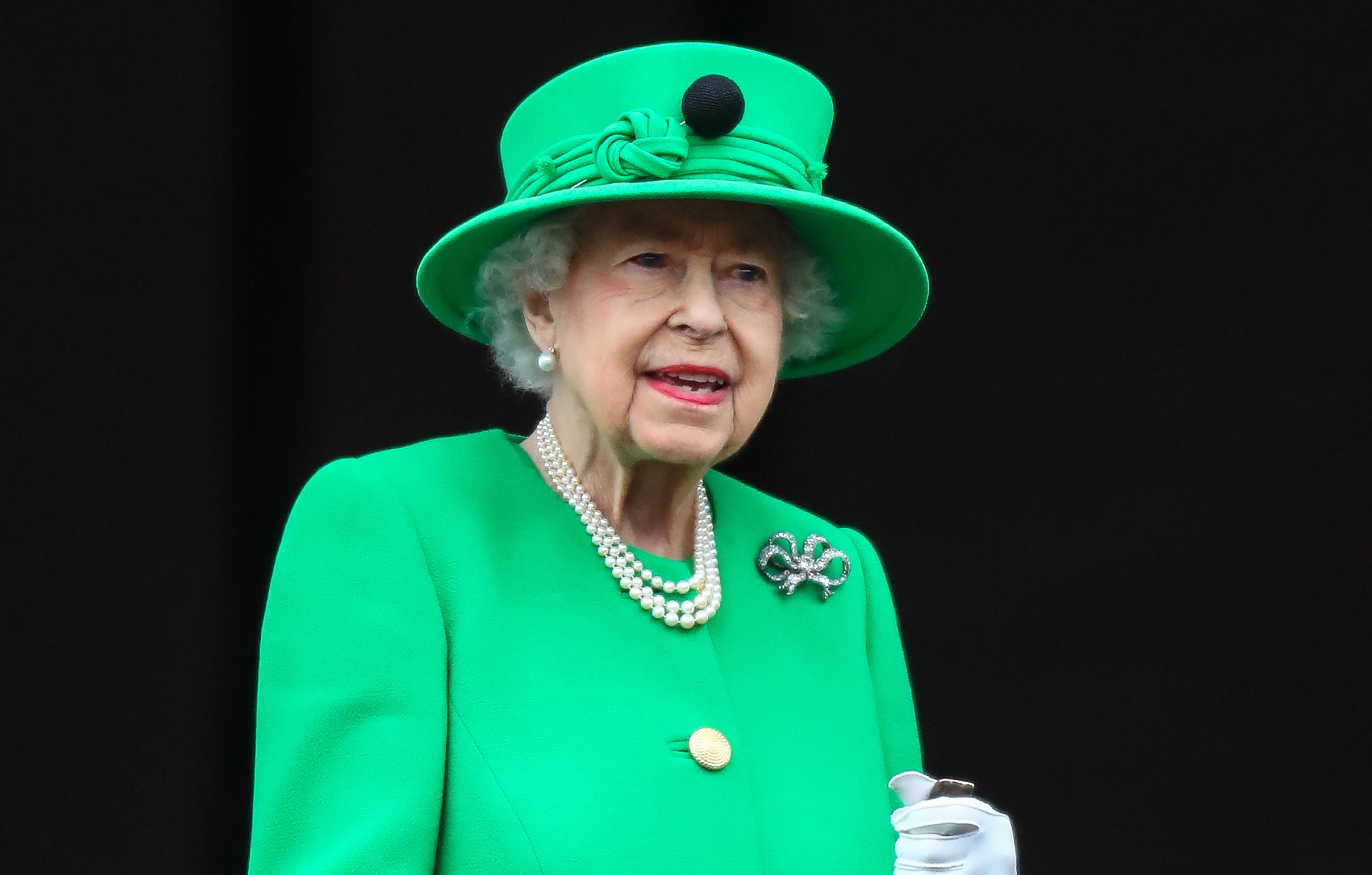 ROYAL FAMILY NEWS
ROYAL FAMILY NEWS'The X-Rated Queen Of Mustique': The Scandalous Secret Life Of Princess Margaret – The Sister The Queen 'Betrayed'

July 19 2022, Published 8:16 a.m. ET
They grew up as loving sisters – but according to the latest explosive episode of the hit podcast "The Firm: Blood, Lies and Royal Succession," Queen Elizabeth II and her younger sibling, Princess Margaret, fell out irrevocably in 1955 — and the split led to the Queen’s sister ending up a “boozy, cigarette-smoking loose cannon" who “just wanted to get drunk and have her lovers.”
“Elizabeth was the sovereign,” Thomas Mace-Archer-Mills, founder of the British Monarchist Society, tells the host of the podcast. “So she therefore had to make all the decisions for her family, including Margaret, and that is something that's very difficult for a younger sibling to always now have to be beholden in every aspect of your life, to your elder sibling."
“Margaret always had an issue with that. Always. And I don't think ever forgave her sister for a lot of the decisions that were made for the endurance of the crown, rather than the endurance of a relationship between two sisters.”
Powered by RedCircle

Queen Elizabeth II ascended to throne in 1952, following the death of George VI. As previously revealed in "The Firm: Blood, Lies and Royal Succession," her father had only become King due to the abdication of his brother Edward VIII, and as a young child, Elizabeth had no idea that she would one day become Queen.
Jane Dismore, author of Princess, the Early Life of Queen Elizabeth II, explains that the sisters’ personalities were different even then.
“Elizabeth was generally a shyer person than Margaret and took things very seriously,” she says. “She didn't really like jokes played on people ... She didn't want to hurt people's feelings. Princess Margaret had none of that compunction. If it was funny, it was funny.”
As a result, Margaret was spoiled by her father.
“She also discovered she had a knack of making people laugh and their father, George VI, however much of a pain she was being – and she could be an absolute pain – he would laugh,” she continues. “So, as a result, she was rather indulged and there was a courtier who said that sometimes they just wanted to give Princess Margaret a good slap because she was just being so difficult or spoiled.”

But if Margaret was used to getting her own way, once her sister became Queen, things changed dramatically. Things came to a head almost immediately following Elizabeth’s coronation. In 1953, rumors began to spread that Margaret was romantically attached to former Battle of Britain hero Group Captain Peter Townsend.
The problem was that Townsend was divorced – and under the Royal Marriages Act brought in 150 years before, Margaret needed the permission of her sister to marry him. Sensationally, Elizabeth refused.
“And it all came out – she couldn't marry without her sister's consent,” explains Jane Dismore. “And her sister, the Queen, wants to support her, but she also can't support her marrying a divorced man. It hit the newspapers. It was a big thing at the time.”
- 'It Literally Almost Cost The Monarchy': How The Death Of Princess Diana Nearly Sparked A British Anti-Royal 'Revolution'
- How Queen Elizabeth's Death Was 'Final Nail in Coffin' for Ex-Prince Andrew — 'When She Died, So Did His Protection'
- Meghan Markle and Prince Harry Spotted Drinking and Laughing During Surprise Appearance at Canadian Hockey Game
Want OK! each day? Sign up here!
And as royal commentator Richard Fitzwilliams reveals, that decision created an irreconcilable rift between the once-close sisters.
“I mean, there's no doubt the Queen wanted Princess Margaret to be happy, but there's little doubt that she wasn't especially approving herself about this relationship,” he says. “Princess Margaret expected that the Queen would back her and the Queen felt that she couldn't.”
As the podcast reveals, feeling betrayed and abandoned by Elizabeth’s decision, Margaret was to spend much of the rest of her life on the private Caribbean island of Mustique, where she became the head of a community of louche, fabulously rich bohemians dedicated to living a life of idle pleasure.

Whispers began to spread of the activities on Mustique, including wild parties, drugs, and free love – with Princess Margaret presiding over the licentiousness. She even acquired a nickname: “The X-Rated Queen of Mustique.”
“She comes across as kind of a boozy, cigarette-smoking loose cannon, if you will, who wanted to be much more hip than the Queen would ever consider being,” explains Cele Otnes, author of Royal Fever. “I mean, on the one hand, Princess Margaret infuses some glamor into the Royal Family and a little bit of excitement … She definitely lived her own life – a very, very big deviation from what was expected.”
On the other hand, says Stewart Pearce, a former friend of Princess Diana and whose mother was friendly with “Margo” as she called her, Margaret’s activities as the X-Rated Queen of Mustique were nothing less than a scandal.
“These people who lived their lives in constant propriety were able to suddenly be whatever they wanted to be,” he says. “I believe that there were parties of licentiousness where people drank a lot and possibly imbibed in the occasional marijuana or whatever was going on. And Margo could tell wonderful stories and could dance the light fandango, and she would sit at the piano and sing like a lark, she was a great entertainer.”

"The Firm: Blood, Lies and Royal Succession" explores a new royal scandal every week – and the podcast explains that Margaret’s scandalous life in Mustique – and her split from her sister – has many parallels in subsequent generations of the royal family.
“I think Princess Margaret was the first second born royal of the modern royal family who really kind of learned to have a little bit more fun, and have a slightly longer leash with the Royal Family,” royal commentator Eloise Parker tells the podcast.
“She spent a lot of time sunning herself in Mustique, and living a very glamorous life. And I think we've seen that happen with second born royals in generations since, certainly Prince Andrew was notoriously the most fun-loving royal of his generation, and then subsequently Prince Harry, who has also taken a very different path to his more serious brother.”
For royal biographer Andrew Lownie, however, Margaret’s resentment at having to play second fiddle to her sister was no excuse for her subsequent lifestyle.
“There's always a role that they [members of the royal family] can create if they want to create it,” he says. “They feel very entitled and they don't really always have the strongest sense of public duty. Margaret just wanted to get drunk and have her lovers and sit up late. She was offered roles and she just didn't want them.”
Listen to "The Firm: Blood, Lies and Royal Succession" below.
Powered by RedCircle


